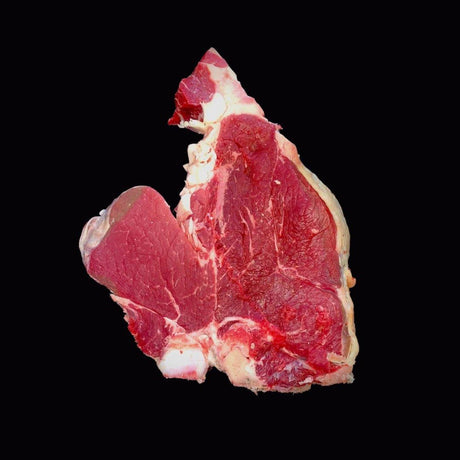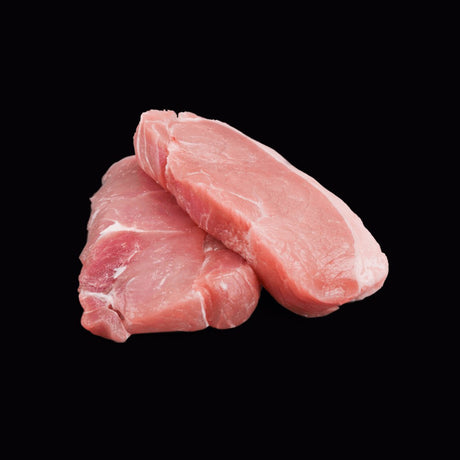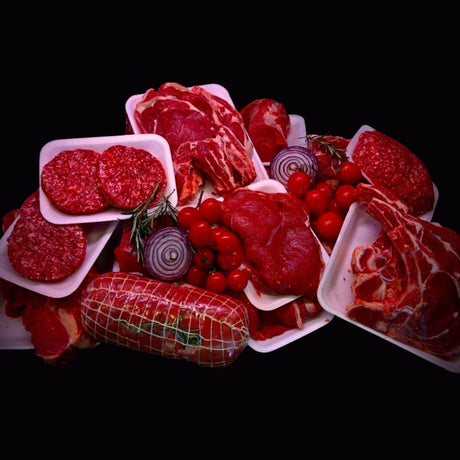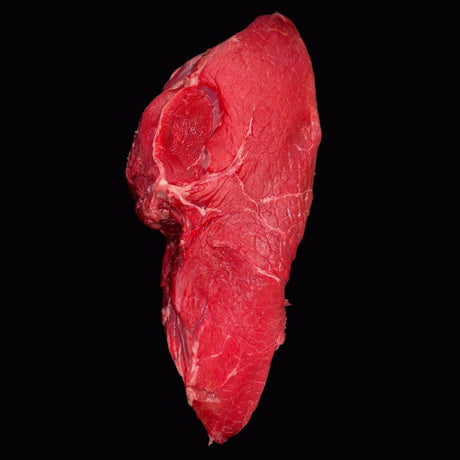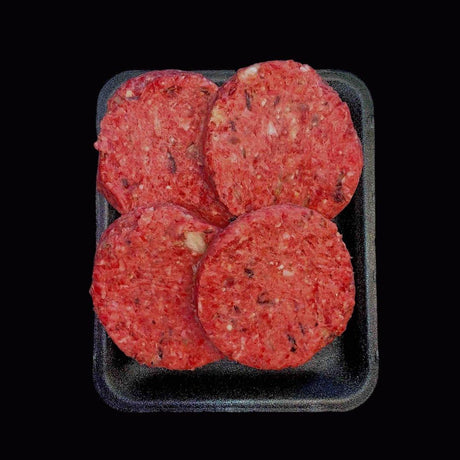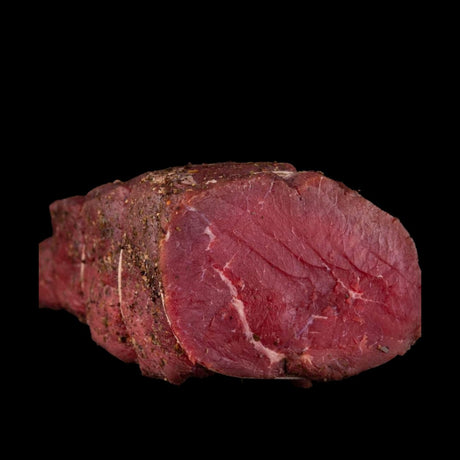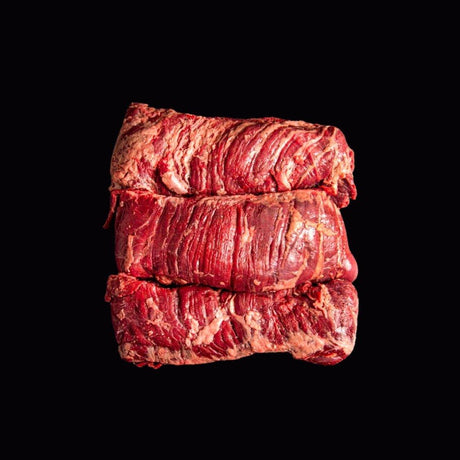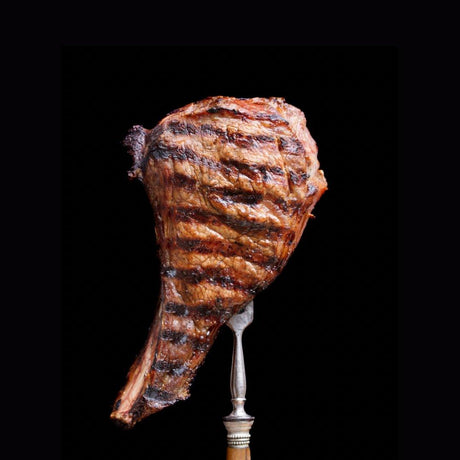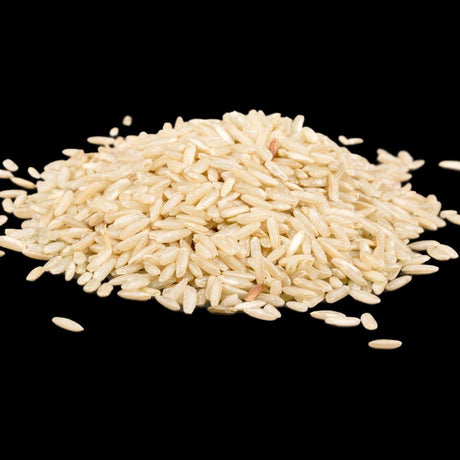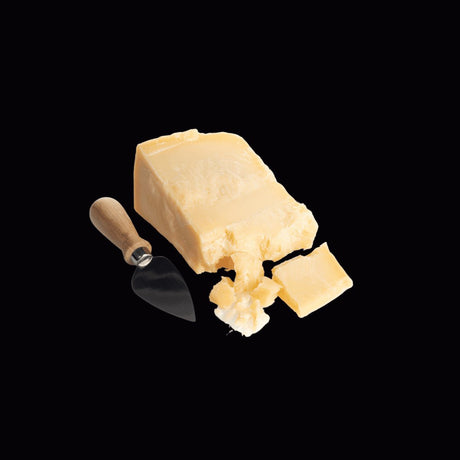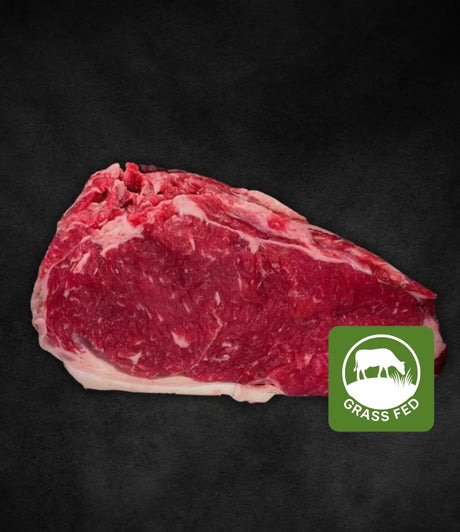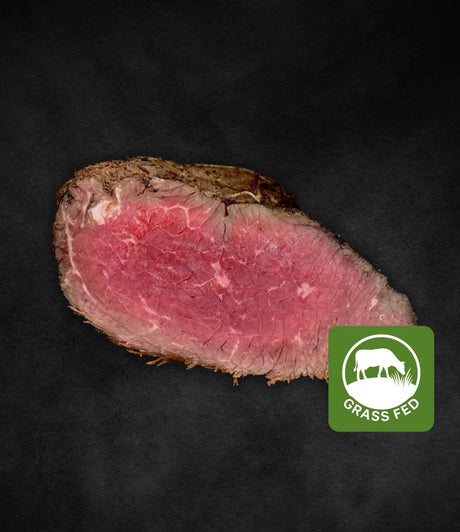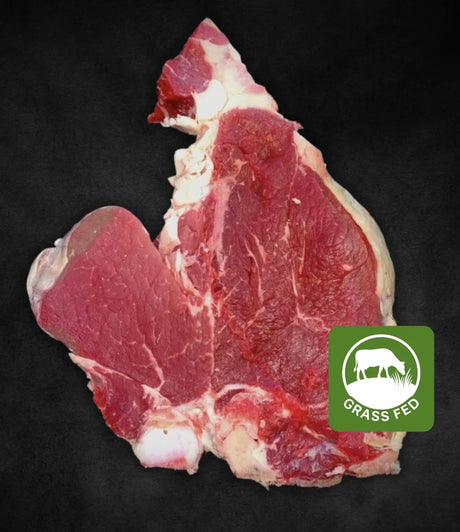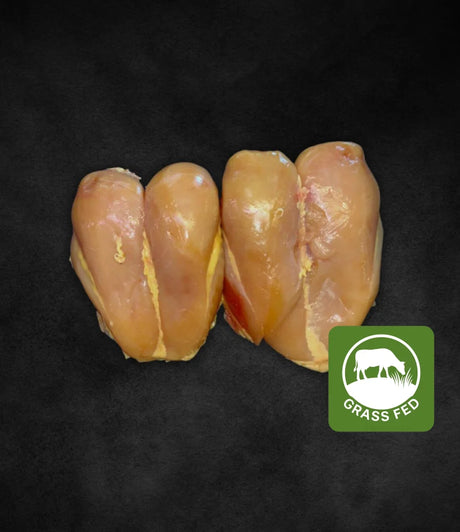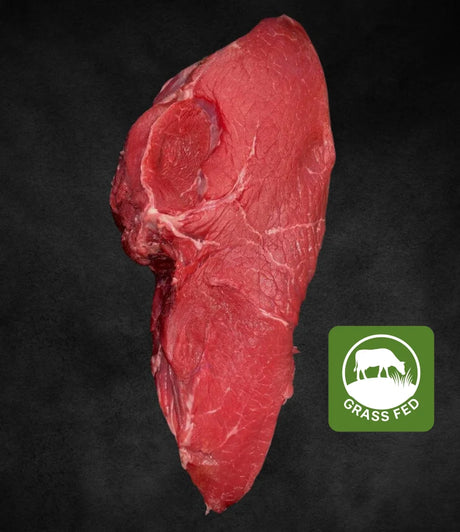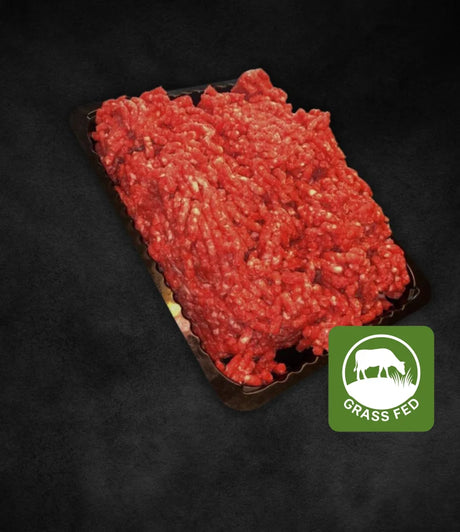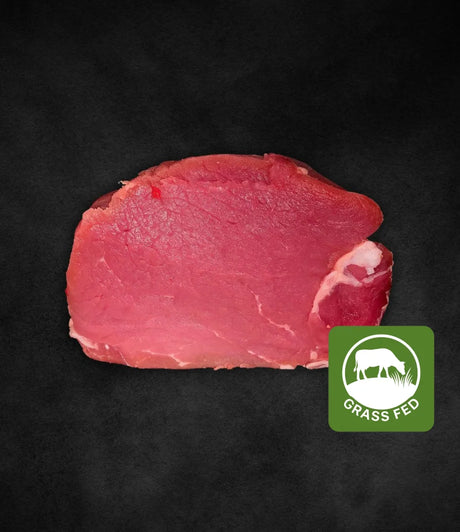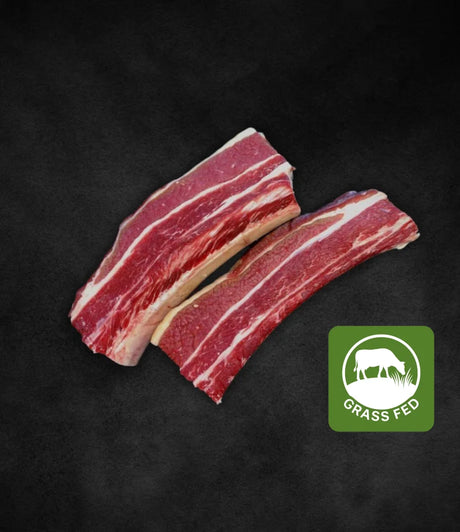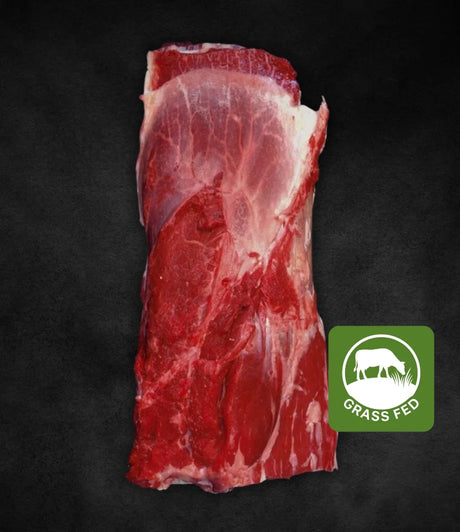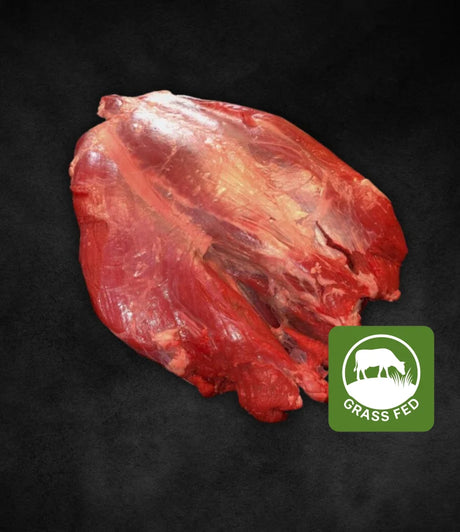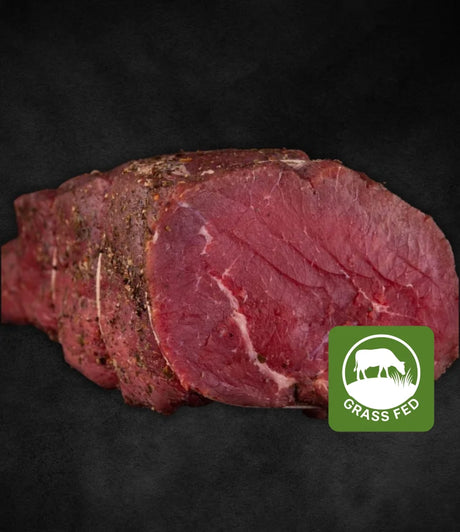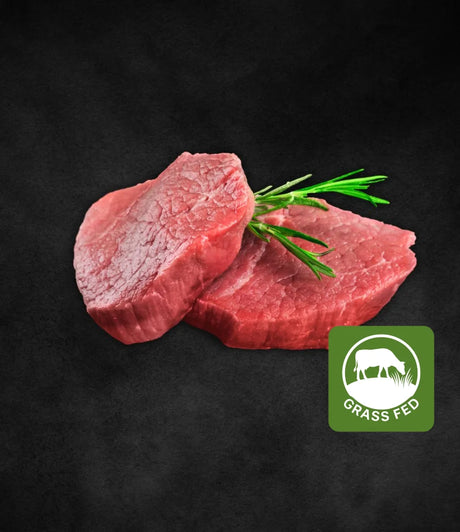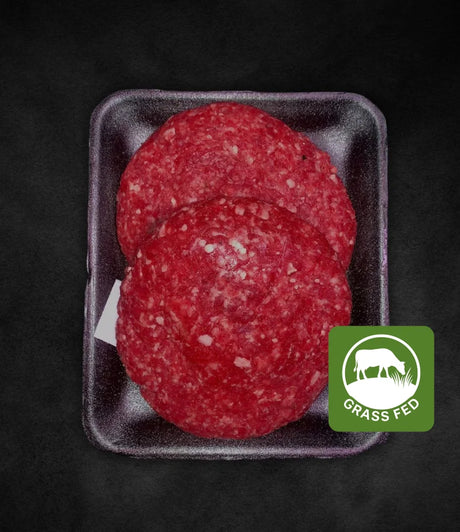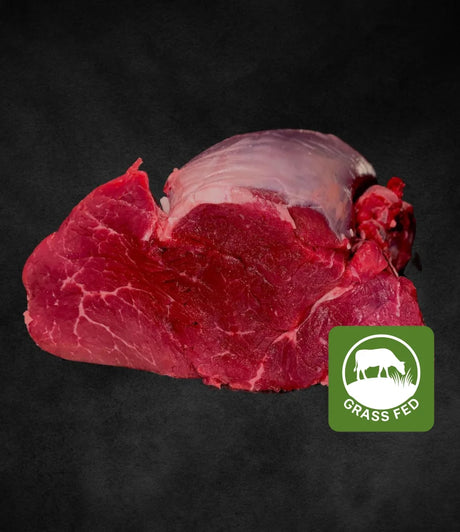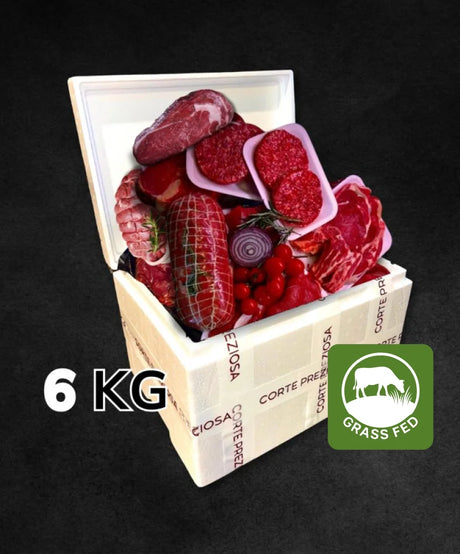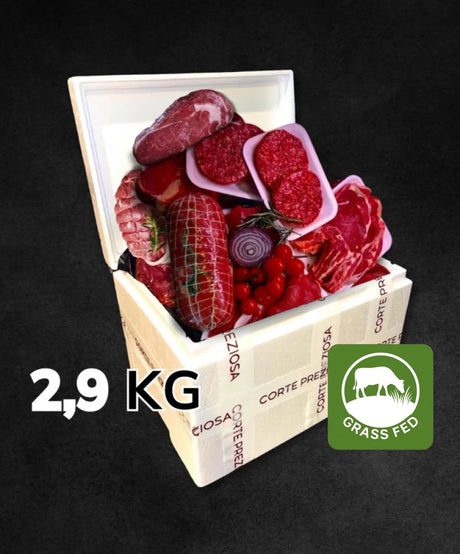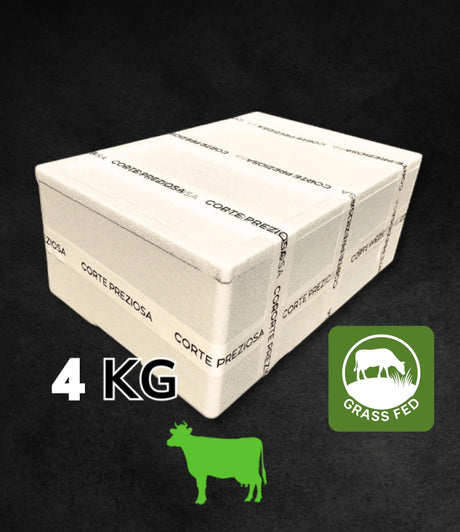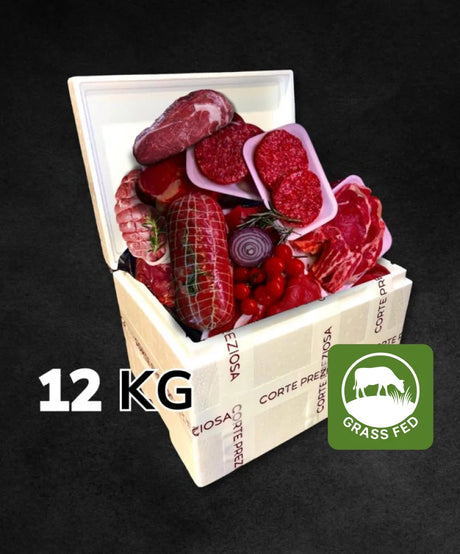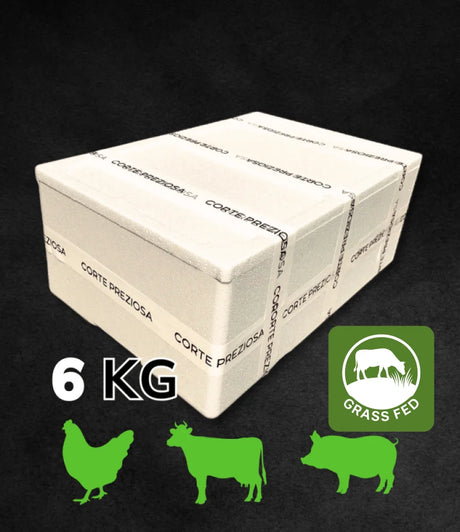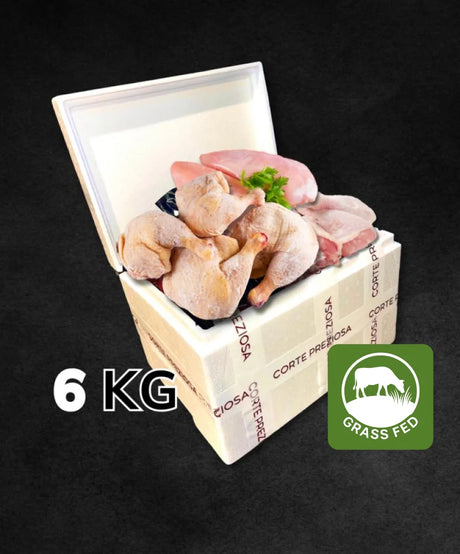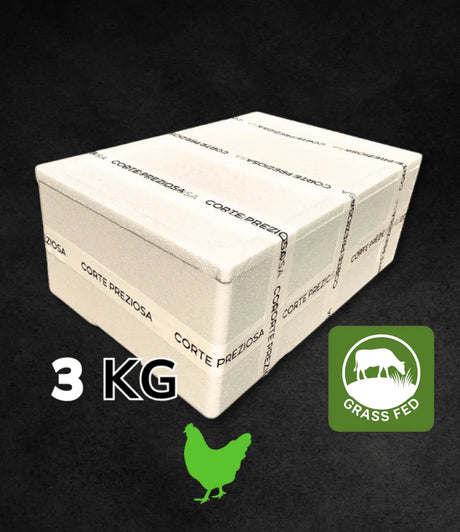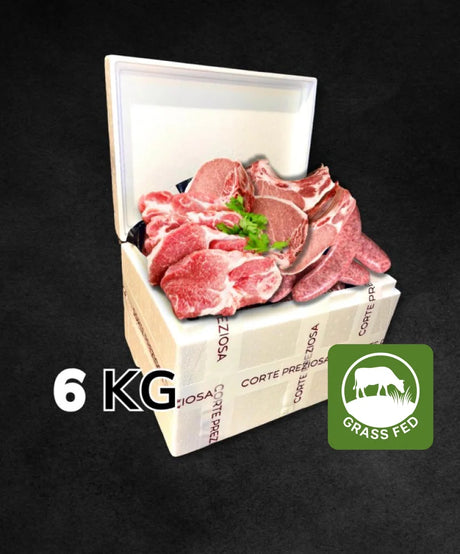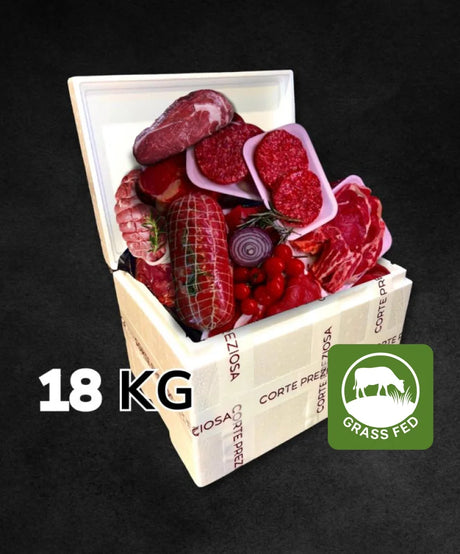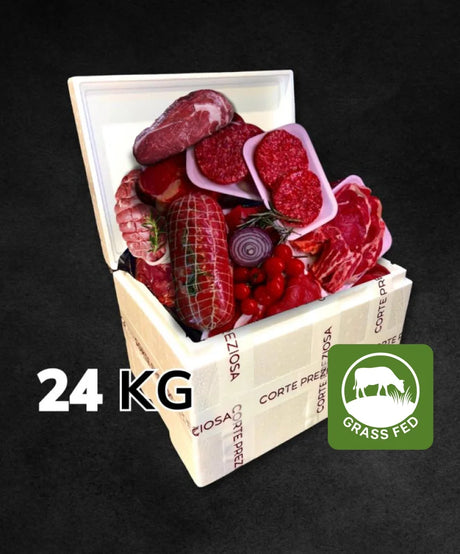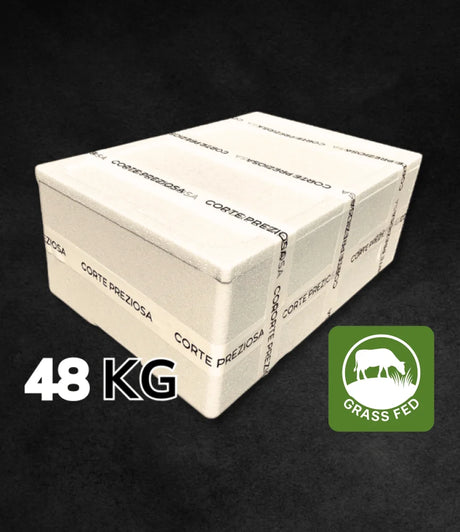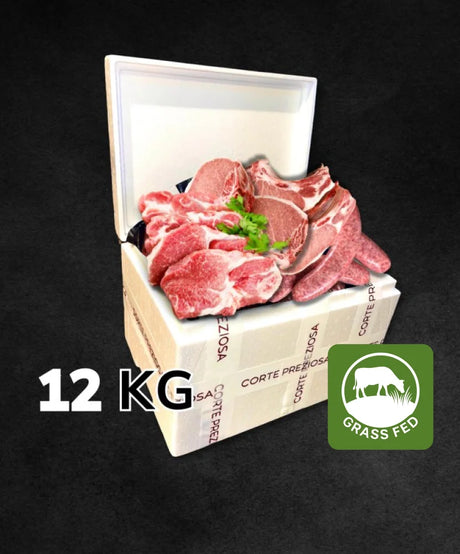In recent years, the term "grassfed" has become increasingly popular, especially among those seeking healthy and sustainable nutrition. But what exactly does "grassfed" mean? And why is it so important to choose products with this label?
Definition of Grassfed
The term "grassfed" refers to animals, especially cattle, sheep, and goats, that are raised primarily on a diet of grass and natural forage, rather than industrial feeds such as corn and soy. This type of farming attempts to mimic the animals' natural diet, providing them with a healthier, more balanced diet.
Difference between Grassfed and Grainfed
The main difference between "grassfed" and "grainfed" is the type of feed the animals receive:
-
Grassfed : Animals feed exclusively on grass and natural forage throughout their lives.
-
Grainfed : Animals are fed grains and processed feed, often to promote faster growth and greater fat accumulation.
The Benefits of Grassfed Meat
Choosing grassfed meat has several benefits, both for health and for the environment:
-
Higher nutritional value : Grassfed meat is richer in omega-3 fatty acids, vitamin E and antioxidants, compared to grainfed meat.
-
Less saturated fat : The lipid composition of grassfed meat is generally more balanced, with a lower presence of harmful fats.
-
Better animal welfare : Animals raised on a grassfed diet live in more natural conditions, with greater access to open pastures.
-
Reduced environmental impact : Grassfed farms, if managed sustainably, can contribute to soil regeneration and reduce carbon footprint.
Conclusion
Opting for grass-fed products not only offers health benefits, but also helps support more ethical and environmentally friendly farming practices. Next time you go shopping, check the labels carefully and choose consciously for a healthier and more sustainable future.
---------------------------------------------------------------------------------------


